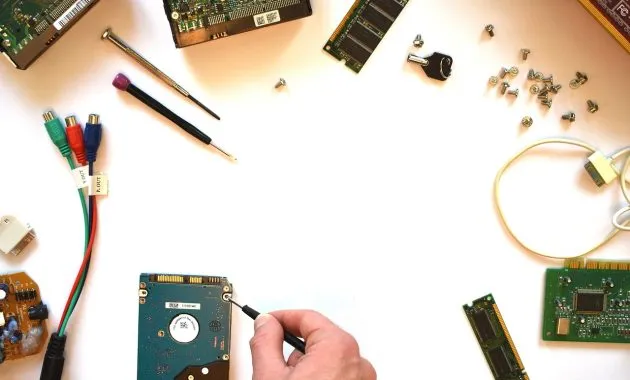Multymeter.com-Technology: Surely everyone already knows what is called a Chipset. Yes, the Chipset is the “brain” of a smartphone, which determines how fast and efficient the device works. For more details about Chipsets and their types, let’s discuss the types of smartphone chipsets that we often encounter, and of course one type is already on your smartphone device. Types of Smartphone Chipsets In general, chipsets on smartphone products are categorized based on their manufacturers.
Some of the largest and most popular chipset manufacturers are:
• Qualcomm Snapdragon: Known for its high performance and good energy efficiency, the Snapdragon chipset is the most widely used chipset in Android smartphone products.
Examples: Snapdragon 8 Gen 2, Snapdragon 7 Gen 2.
• MediaTek: To meet various market segments, MediaTek provides chipsets ranging from entry-level to flagship. MediaTek chipsets are often found on smartphones at more affordable prices. Examples: Dimensity 9200+, Helio G99.
• Apple A-series: Apple A-series chipsets are made exclusively for use on iPhone devices. This chipset has excellent optimization capabilities between hardware and software. Example: Apple A16 Bionic.
• Samsung Exynos: Widely used on Samsung Galaxy smartphones, especially in certain markets. Its performance is quite competitive, but not as popular as Snapdragon. Example: Exynos 2200.
• HiSilicon Kirin (Huawei): Previously widely used on Huawei smartphones, but production was halted. Known for its strong AI capabilities. Example: Kirin 9000.
• Unisoc: Provides chipsets for entry-level and mid-range smartphones. Focuses on energy efficiency and affordable prices. Example: Tiger T618.
Chipset Performance Differences Chipset performance is influenced by several factors, such as:
○ Number of cores: The more cores, in theory the better the multitasking performance.
○ Clock frequency: The higher the clock frequency, the faster the processor can execute instructions.
○ Architecture: A more modern architectural design will provide better efficiency.
○ GPU: A graphics processing unit that determines the quality of graphics and performance in games.
○ Modem: The component that manages network connectivity. Choosing the Right Chipset When choosing a smartphone, consider your needs.
If you often play heavy games, choose a smartphone with a chipset that has a powerful GPU. If your priority is battery efficiency, consider a chipset that has a more modern production process.
Conclusion The chipset is an important component in a smartphone. By understanding the types of chipsets and their differences, you can choose a smartphone that suits your needs and budget.
Chipset performance is also affected by other factors such as RAM, storage, and software optimization.***





